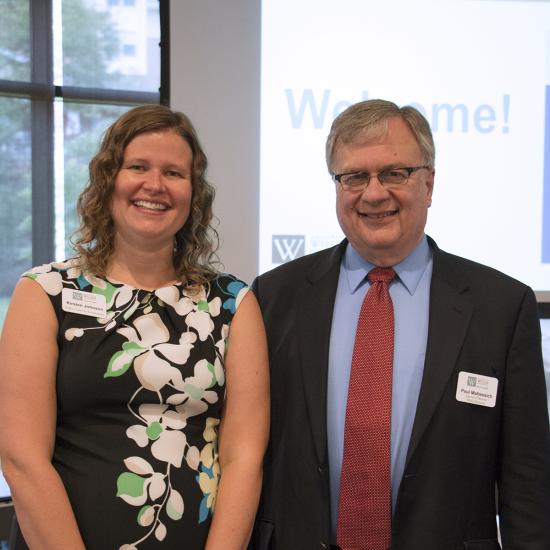What Can We Do Together That We Can’t Do Alone?
By Paul Mattessich and Kirsten Johnson
Improving our communities requires working in partnerships. Organizations who act in concert can tackle issues that lie beyond the scope of any single organization – issues such as poverty, climate change, homelessness, and educational disparities.
Our survival as well-functioning, equitable, democratic communities depends, for example, upon the education of our younger generations. However, schools alone do not have the capacity to transmit skills and values to young people. Other organizations must play their roles as well.
Working across difference: the opportunity and the challenge
Working together requires working across difference. The diversity of our communities and our organizations means that almost any time we come together, we do so across difference. In doing so, we face both the opportunity and the challenge of (a) bridging cultural differences across race, gender, age, class, religion and more and (b) forming alliances with organizations that have cultures, philosophies, and principles of operation different from our own.
Despite the challenges of collaboration, the issues our communities face require complex solutions that we simply cannot tackle alone. So how do we ensure that our collaborations seize the opportunities and meet the challenges?
Research and practice wisdom
Research provides some guidance. In fact, research demonstrates 22 ingredients for successful collaboration among organizations seeking to promote the common good.
With innovation funding provided by Wilder, we had the opportunity to work together on writing a third edition of Collaboration: What Makes It Work. This book presents what we have learned from three decades of scrutinizing the research literature to identify the evidence on what makes collaboration work well among organizations. We’ve paired that evidence with practice-based wisdom from people who deliver services, manage organizations, and shape policy about what has allowed them to put the 22 factors to work in their collaborations. In addition, in this third edition, we squarely addressed the question of how to best collaborate across difference, recognizing that we are putting the factors to work in diverse communities.
What are some of the key ingredients for success? Some factors are fundamental building blocks for any social relationship. For example, we identified one factor called “mutual respect, understanding, and trust”; we identified another called “open and frequent communication.” Other factors have more of an “organizational” sound to them – such as “multiple levels of participation” and “concrete, attainable goals and objectives.”
Upcoming workshop and online resources
A good collaborator will incorporate the 22 factors into their activities in one way, shape, or form. The book provides ideas on how to do that. In addition, our online companion to the book offers resources along with the Collaboration Factors Inventory which enables anyone to measure the presence of these factors in their own collaborative initiative.
Next, we will offer a workshop on collaboration on the morning of Wednesday, November 14, at the upcoming Minnesota Council of Nonprofits Annual Conference. If you have an interest in discussing collaboration, learning from one another about our collaborative experiences, or just hearing what the research says, we look forward to seeing you at the workshop or elsewhere.
In the meanwhile, happy collaborating!
In the photo: The authors at a celebration of the launch of Collaboration: What Makes It Work in September 2018.
Kirsten Johnson is director of Community Engagement and Systems Change at Wilder. Paul Mattessich is executive director of Wilder Research.
